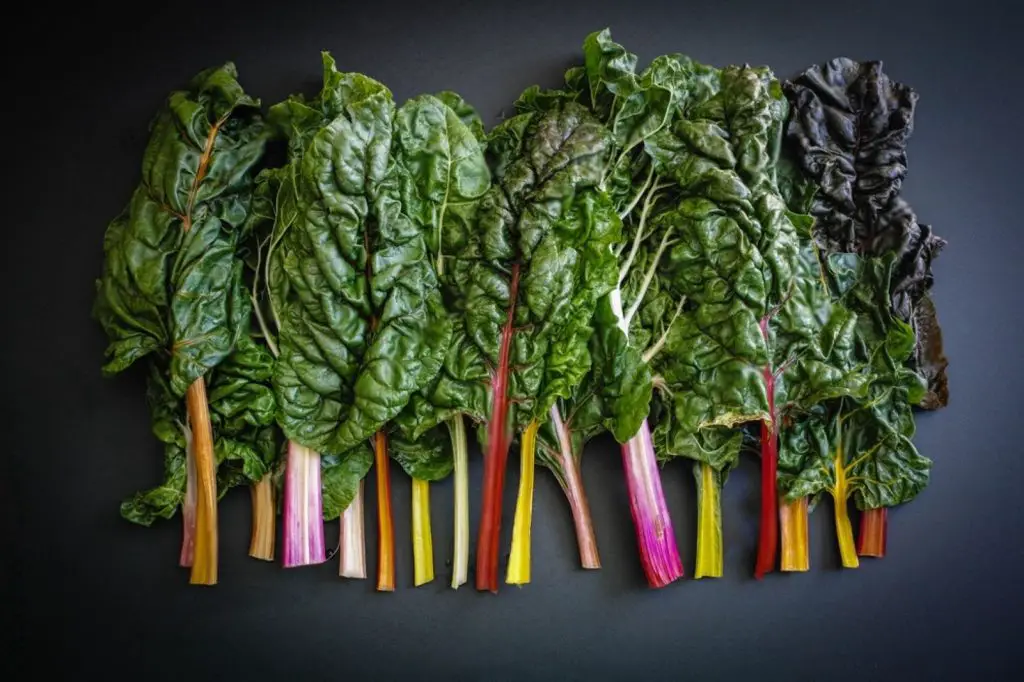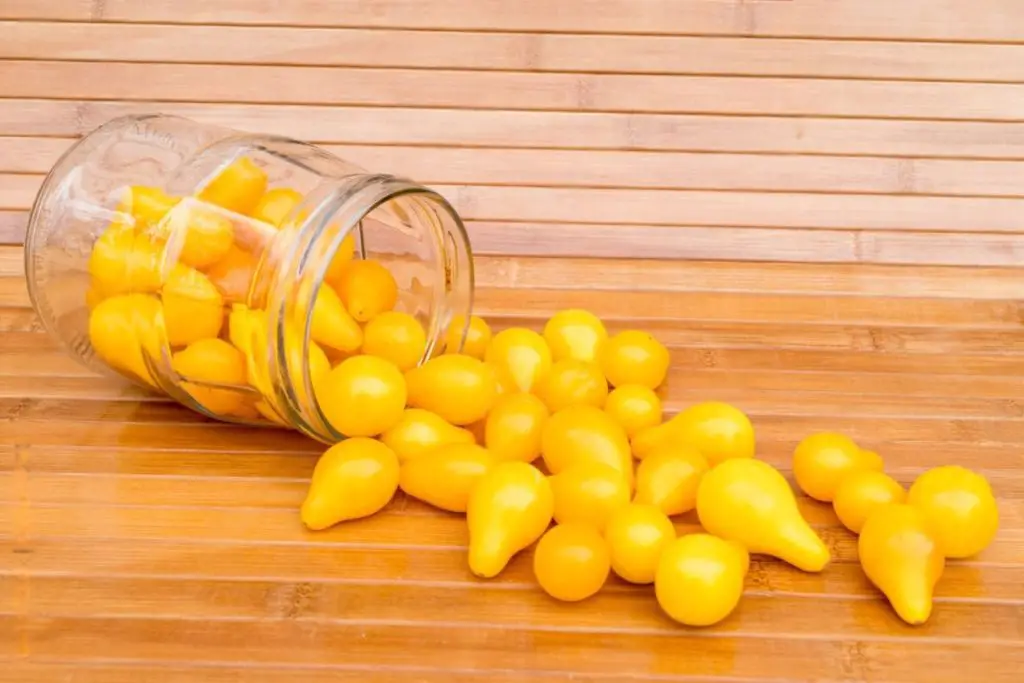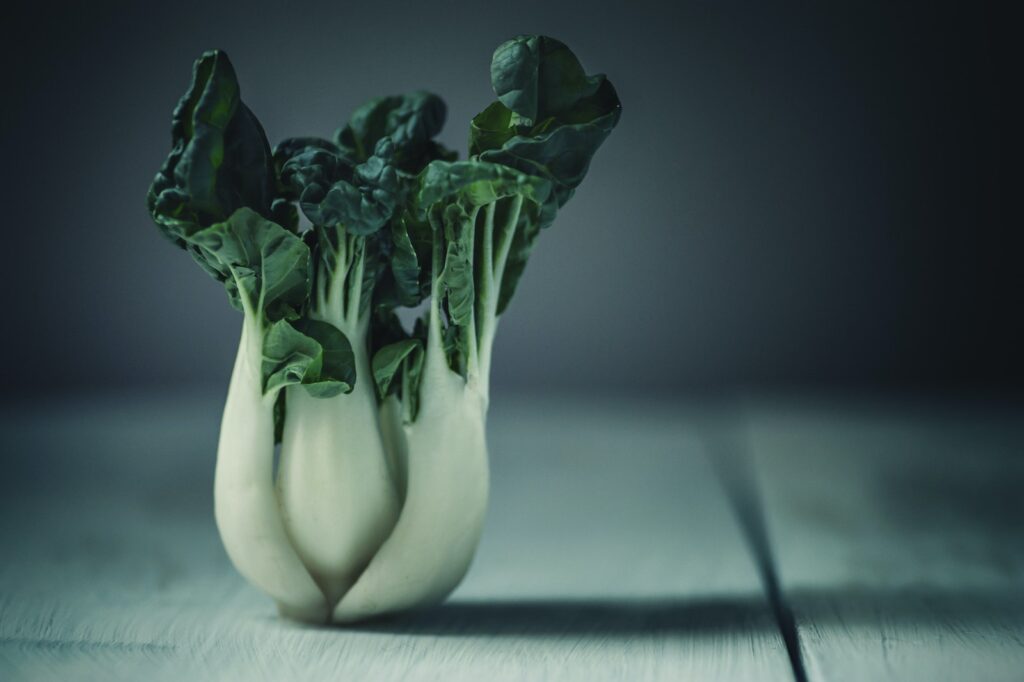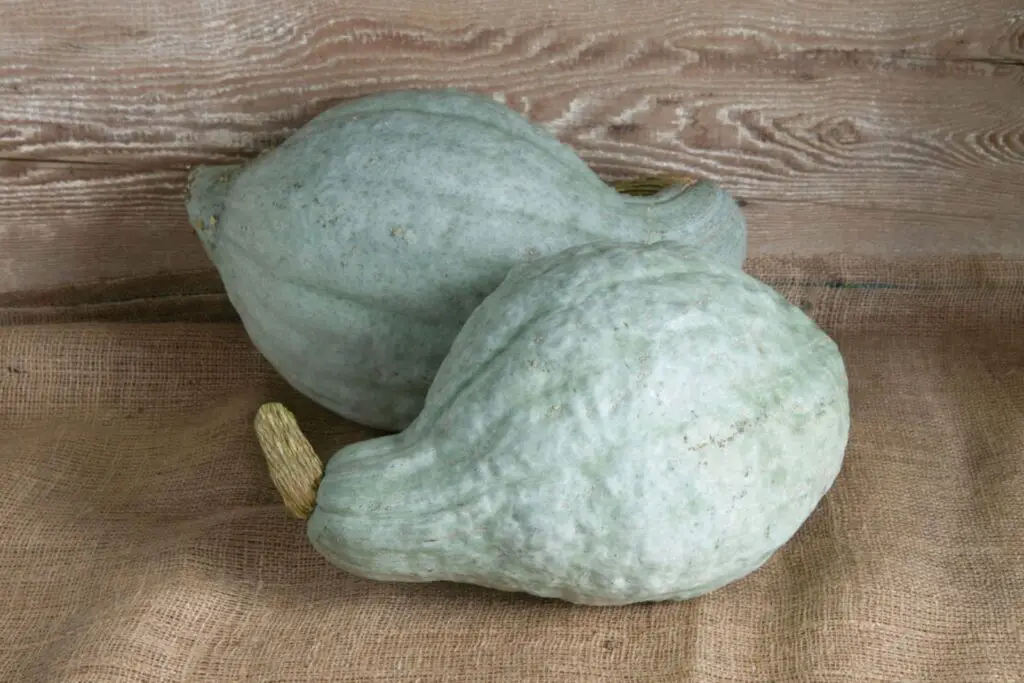
Red cabbage, with its vibrant color and crisp texture, is a nutritious and versatile vegetable that can be enjoyed in various dishes. However, if you find yourself with an excess supply of red cabbage, freezing it can be a convenient option to preserve its freshness and extend its shelf life. By following a few simple steps, you can ensure that your red cabbage retains its flavor, nutrients, and vibrant qualities even after being stored in the freezer. In this article, we will guide you through the process of freezing red cabbage, from selecting the right cabbage to packing and storing it properly. Get ready to unlock the benefits of frozen red cabbage and enjoy its goodness throughout the year.
Here are the simple steps to freezing red cabbage:
Step 1: Choose the Right Red Cabbage
When it comes to freezing red cabbage, the first step is choosing the right one. The quality of the cabbage you select will greatly influence the final results after freezing. Follow these guidelines to ensure you pick the best red cabbage for freezing:
- Look for firmness: Select red cabbage heads that feel firm and solid when you gently squeeze them. Avoid cabbages that feel soft or mushy, as they may have started to spoil.
- Check for freshness: Examine the outer leaves of the cabbage. They should be vibrant in color, typically deep purple or red, without any signs of browning or discoloration. Fresh red cabbage will have leaves that are crisp and tightly packed.
- Avoid decay and wilting: Inspect the cabbage thoroughly to ensure there are no visible signs of decay, mold, or wilting. Any discolored or slimy patches indicate spoilage, and such cabbages should be avoided.
- Consider size: Opt for medium-sized heads of red cabbage, as they tend to have a better flavor and texture compared to larger or smaller ones. Medium-sized cabbages are easier to handle and cook with, and they also freeze more evenly.
By choosing a firm, fresh red cabbage with vibrant color and tight leaves, you can ensure that the cabbage retains its quality and flavor after freezing. Proper selection of the cabbage is the foundation for successful freezing and long-term storage.
Step 2: Clean and Prepare
To ensure that the red cabbage is ready for freezing, it is essential to properly clean and prepare it. Follow these steps to clean and prepare the cabbage:
- Remove damaged or wilted leaves: Begin by inspecting the outer leaves of the cabbage. If you notice any leaves that are discolored, wilted, or damaged, carefully remove them. This step helps to eliminate any potential contaminants and ensures that only fresh and healthy leaves are frozen.
- Rinse under cool running water: Hold the cabbage under cool running water and gently rinse it. This will help remove any dirt, debris, or pesticides that may be present on the leaves. Ensure that the water reaches all parts of the cabbage, including the inner leaves.
- Cut into quarters and remove the core: Using a sharp knife, cut the cabbage head into quarters. This allows for easier handling and further preparation. Once quartered, inspect each piece and locate the tough core at the center. Remove the core from each quarter by making a diagonal cut around it.
- Pat dry with a kitchen towel or paper towels: After cleaning and removing the core, it’s important to remove excess moisture from the cabbage. Use a clean kitchen towel or paper towels to gently pat the cabbage dry. This step helps prevent ice crystals from forming during freezing and maintains the quality of the cabbage.
In cleaning and preparations, you ensure that the red cabbage is free from dirt, debris, and damaged leaves. Cutting the cabbage into quarters and removing the core helps with even freezing and makes it easier to handle during future use. Properly drying the cabbage minimizes the risk of freezer burn and maintains its texture and flavor.
Step 3: Blanch the Red Cabbage
Blanching is a crucial step in the freezing process that helps preserve the quality, color, and flavor of red cabbage. Follow these steps to properly blanch the cabbage:
- Prepare a pot of boiling water: Fill a large pot with water and bring it to a rolling boil. The pot should be spacious enough to accommodate the cabbage quarters comfortably.
- Add the cabbage quarters: Carefully place the cabbage quarters into the boiling water. Submerge them fully, ensuring they are evenly distributed in the pot. The boiling water will help destroy enzymes present in the cabbage that can lead to color and flavor loss during freezing.
- Blanch for 2 to 3 minutes: Allow the cabbage to blanch in the boiling water for approximately 2 to 3 minutes. The outer leaves will start to wilt slightly during this process. Blanching helps to inactivate enzymes that could cause the cabbage to deteriorate in quality over time.
- Prepare an ice bath: While the cabbage is blanching, prepare a large bowl or sink filled with cold water and ice cubes. This ice bath will be used to rapidly cool down the blanched cabbage, halting the cooking process.
- Transfer to the ice bath: Once the blanching time is complete, use a slotted spoon or tongs to carefully remove the cabbage quarters from the boiling water. Immediately transfer them to the ice bath. The cold water will stop the cooking process, preserving the cabbage’s texture, color, and nutrients.
- Cool thoroughly: Allow the cabbage to remain in the ice bath until completely cooled. This usually takes about the same amount of time as the blanching process. Cooling the cabbage quickly helps maintain its vibrant color and crispness.
Blanching the red cabbage helps to deactivate enzymes that could cause color and flavor deterioration during freezing. The brief cooking time followed by rapid cooling preserves the cabbage’s texture and locks in its nutritional value.
Step 4: Pack and Freeze
After blanching and cooling the cabbage, it’s time to pack and freeze it. Here are two options for freezing the cabbage:
Freezing in individual portions:
- Divide the blanched cabbage into desired serving sizes. This step allows you to thaw and use only the amount you need without defrosting the entire batch.
- Place each portion of cabbage into airtight freezer bags or containers. Ensure the bags or containers are suitable for freezer use to prevent freezer burn and maintain the cabbage’s quality.
- Squeeze out any excess air from the bags before sealing them. This step helps prevent the formation of ice crystals and freezer burn.
- Label each bag or container with the date of freezing and the contents. This information will be helpful for easy reference in the future.
Freezing as a whole:
- Keep the blanched and cooled cabbage intact as a whole head.
- Wrap the cabbage tightly in plastic wrap or aluminum foil, ensuring it is fully covered. This wrapping will help protect the cabbage from freezer burn and maintain its texture and flavor.
- Similar to the individual portions, label the wrapped cabbage with the date and contents.
Regardless of the freezing method you choose, it’s essential to place the packed cabbage in the freezer as soon as possible. This ensures that the cabbage maintains its quality and prevents the growth of harmful bacteria. It is recommended to store the cabbage at a consistent temperature of 0°F (-18°C) or below.
By properly packing and labeling the cabbage, you can easily identify and retrieve the desired portions when needed. Whether freezing in individual portions or as a whole, ensuring airtight packaging and proper labeling helps maintain the cabbage’s freshness and quality during freezer storage.
Step 5: Store and Thaw
Proper storage and thawing techniques are essential for maintaining the quality of frozen red cabbage. Follow these steps for storing and thawing the cabbage:
Freezer storage:
- Place the packed red cabbage in the freezer promptly after packing.
- Ensure that the cabbage is stored at a consistent temperature of 0°F (-18°C) or below. Maintaining a low and constant temperature prevents bacterial growth and helps preserve the cabbage’s texture, flavor, and nutritional value.
- Store the frozen cabbage away from strong-smelling foods to avoid any flavor transfer.
Storage duration:
Frozen red cabbage can be stored for up to 12 months without significant loss of quality. However, it is best to consume it within the first 6 to 8 months for the best flavor and texture.
Thawing:
- When you’re ready to use the cabbage, remove the desired portion from the freezer. Keep the remaining cabbage stored in the freezer.
- Thaw the cabbage in the refrigerator, not at room temperature. Place the frozen portion in a bowl or on a plate to catch any potential drips as it thaws.
- Allow the cabbage to thaw in the refrigerator overnight or for approximately 8 to 12 hours. Thawing at a gradual and controlled temperature helps maintain the cabbage’s texture and prevents the growth of harmful bacteria.
By storing the cabbage at the proper temperature and following the recommended thawing method, you can preserve the quality and integrity of the frozen red cabbage. Thawing in the refrigerator ensures a safe and gradual process that maintains the cabbage’s texture and flavor.
Other related questions
Can you refreeze red cabbage?
It is not recommended to refreeze red cabbage once it has been thawed. Refreezing can result in a loss of quality, including texture and flavor. To maintain the best quality and safety, it is advised to use thawed red cabbage within 2 to 3 days and avoid refreezing it.
How do I know if the red cabbage has gone bad after being frozen?
To determine if red cabbage has gone bad after being frozen, look for signs of freezer burn, such as discoloration, dryness, or a leathery texture. Additionally, inspect for any signs of mold, off-putting odor, or a sour taste. If the cabbage exhibits any of these indications, it is advisable to discard it, as it may have deteriorated in quality and could potentially cause foodborne illness if consumed.
What are the potential risks or safety concerns when freezing red cabbage?
When freezing red cabbage, there are a few potential risks and safety concerns to be aware of. Improper packaging or storage can lead to freezer burn, which can affect the texture and taste of the cabbage.It is important to follow proper hygiene practices, such as washing hands and using clean utensils, when handling the cabbage to minimize the risk of contamination.
Can frozen red cabbage be used in raw dishes or should it be cooked?
Frozen red cabbage is typically best suited for cooked dishes rather than raw ones. Freezing can affect the texture and crispness of the cabbage, making it less suitable for raw consumption. However, frozen red cabbage can still be used in cooked dishes such as stews, soups, stir-fries, or as an ingredient in casseroles, where it can contribute its flavor and nutrients to the dish.
What are the best recipes or dishes to use frozen red cabbage in?
Frozen red cabbage can be utilized in a variety of delicious recipes and dishes. It works well in cooked dishes like soups, stews, and stir-fries, where the cabbage can add flavor and texture to the overall dish. It can also be used in dishes like cabbage rolls or as a filling for savory pastries. Experimenting with different recipes and incorporating frozen red cabbage can provide a tasty and nutritious addition to your meals.








